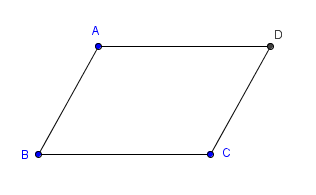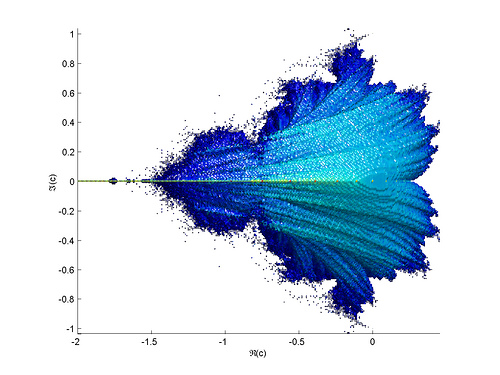Is a square a rectangle?
Note: This article is written for an elementary school students’ point of view.
_____
I have noticed that the topics I am discussing is getting deeper and harder, so let me break the spell by this very elementary question:
Are squares rectangles?
Before we answer that question, we must know first what a rectangle looks like, and we must also know its properties. Many doors and windows, for example, are in a shape of a rectangle. We can observe that a rectangle has the following characteristics:
- It has four sides and four angles.
- The measure of its interior angles is 90 degrees.
- Opposite sides have the same lengths.
- Opposite sides are parallel.
For those who have already learned about the parallel postulate, you will probably agree that some of the observations above can be derived from the other properties, but we will leave it that way, for it is not that relevant in the following discussion. » Read more


